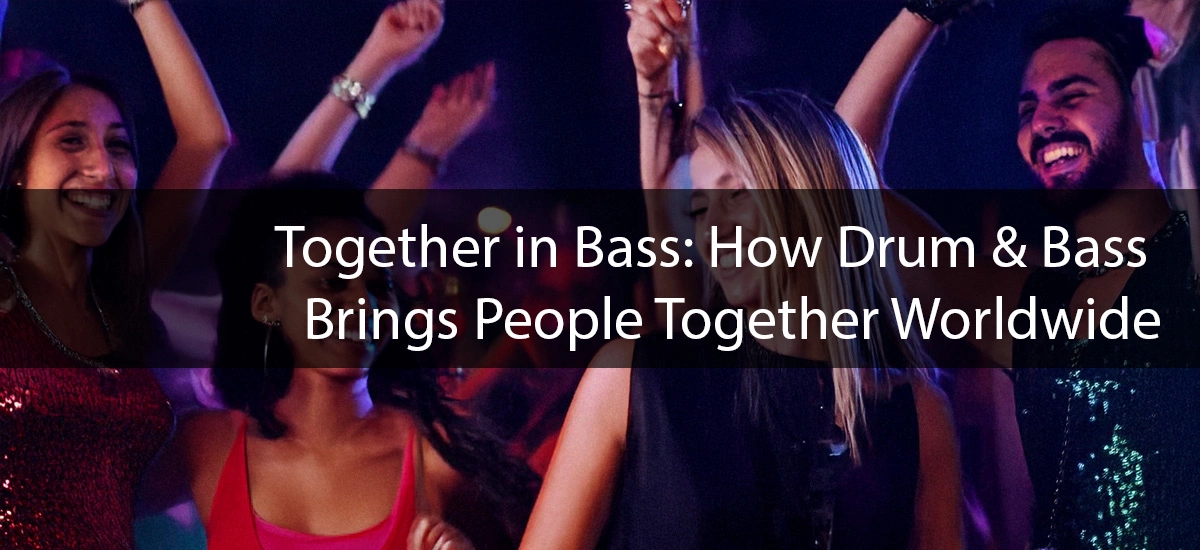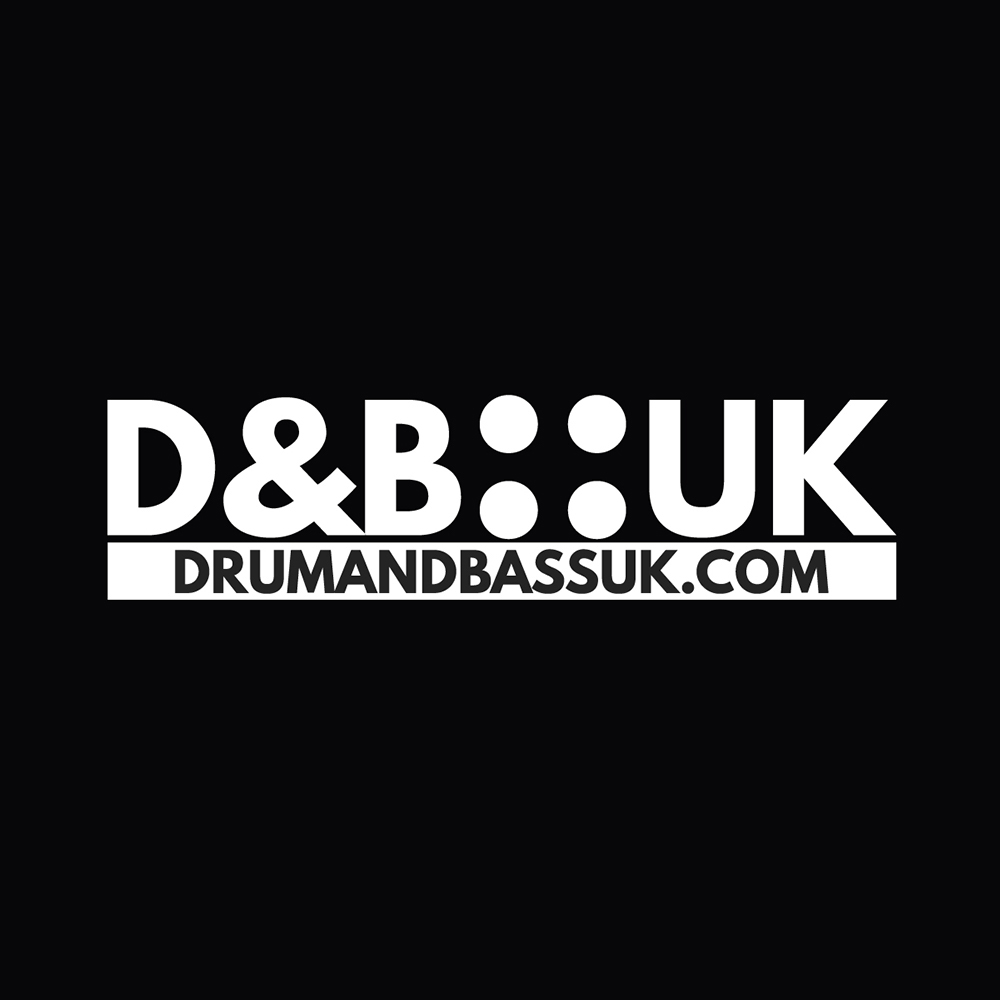
Together in Bass: How Drum & Bass Brings People Together Worldwide
The Beat That Binds Us
Drum & bass is more than just a genre—it’s a global community built on rhythm, passion, and shared experience. Since its early formation in the warehouses and pirate stations of 1990s London, D&B has evolved into a worldwide movement that resonates far beyond the borders of its birthplace. Whether you’re catching a sunrise set at Let It Roll or stepping into a cramped basement rave in Bristol, the feeling is the same: you belong.
What sets D&B apart is its ability to unite people across cultures, languages, and generations. It’s fast, it’s emotional, it’s high-energy—and it speaks to something deeper than words. In a time where division often dominates headlines, the scene thrives on togetherness. All you need is an open mind and an ear for the bassline.
Roots in Unity: The Origin Story
Drum & bass didn’t emerge from the mainstream. It was forged in the cultural melting pot of London’s multicultural neighbourhoods—Brixton, Hackney, Tottenham—where second-generation Caribbean immigrants blended their parents’ sound system heritage with the rave energy of the UK underground. Jungle, the precursor to modern D&B, carried not just the pulse of breakbeats, but the DNA of community resistance, identity, and joy.
In those early days, pirate radio stations like Kool FM and Rude FM played a crucial role. Broadcasting from high-rises and bedrooms, these stations gave a platform to artists shut out of commercial radio. More than just music hubs, they were lifelines—spaces for marginalised voices to be heard and celebrated. The rave scene itself was radical in its inclusivity: Black, white, queer, working class, students—everyone dancing shoulder to shoulder, fuelled by a shared love for the music.
This wasn’t polished or packaged. It was raw. It was DIY. And it was deeply human.
From Brixton to Brazil: A Global Movement
As the scene matured, it travelled—first to Europe, then further afield. Each new region embraced D&B in its own way, adding cultural influences while staying true to the genre’s unifying core.
Brazil
In the early 2000s, artists like DJ Marky and Patife introduced a distinctly Brazilian flavour, blending samba, soul, and sunshine into the UK-rooted formula. Their tracks didn’t just chart—they changed the sound. São Paulo quickly became one of the most vibrant D&B cities in the world, with massive nights, loyal fanbases, and a commitment to positivity and connection that mirrors the early UK spirit.
New Zealand
Down in the Southern Hemisphere, New Zealand embraced the darker and techier side of D&B while also nurturing a strong vocal-driven and soulful scene. Acts like The Upbeats brought global attention, while artists such as Tali helped shape the lyrical identity of the genre. Festivals like Rhythm & Vines and Northern Bass draw thousands every year—proof that the D&B flame burns bright worldwide.
Japan
Tokyo’s scene is refined, loyal, and deeply respectful of the genre’s roots. Makoto, one of the pioneers of Liquid D&B, has long flown the flag for Japan’s soulful contributions. Clubs like WOMB and Circus Osaka regularly host nights with Metalheadz, Hospital, and RAM, pulling in both local enthusiasts and travelling fans who crave that rolling, euphoric energy.
Czech Republic & Slovakia
Let It Roll began as a club night but now stands as the biggest D&B festival in the world. Held on former military airbases and railway yards, it brings ravers from over 100 countries together for a weekend of lights, lasers, and relentless energy. The crowd isn’t there for hype—they’re there for community. Everyone wears their passion proudly, from custom flags to crew t-shirts, proving that D&B is more than music—it’s identity.
The Dancefloor as Equaliser
Drum & bass is often called a “head music” genre for its technical prowess, but on the dancefloor, all egos dissolve. No one cares where you're from or what you do—only that you move with the rhythm. For many, the rave is sacred space: a place to lose yourself, find your people, and feel something real.
In major cities and tiny towns alike, D&B nights offer shared catharsis. There’s something profound in standing shoulder to shoulder with strangers, locked into the same breakbeat. Whether it’s in a 150-person sweatbox in Leeds or a 15,000-person festival in Prague, the vibe is constant: unity, release, joy.
Community Over Clout
Unlike scenes that orbit around superstars and viral trends, D&B still values its grassroots. Yes, the genre has household names—Andy C, Friction, Netsky—but even they remain grounded in their scenes. DJs and producers are accessible, often chatting with fans online, showing up at small nights, and mentoring younger artists.
The genre’s infrastructure reflects this ethos. Labels like Hospital Records, Shogun Audio, Critical Music, and 1985 Music don’t just release bangers—they build communities. They host raves, run podcasts, sign diverse artists, and champion fairness in the scene. Promoters and collectives—from Rupture in London to Overview in Brighton—focus on creating inclusive, welcoming spaces where the music always comes first.
How to Join the Movement
Drum & bass doesn’t require an invitation. It doesn’t care how you dress or who you know. All it asks is that you show up with your ears open and your heart ready.
Start by going to a local night. Follow a label you love. Join a Discord, hop on a livestream, or dig into a back catalogue on Bandcamp. You’ll find thousands of like-minded folk ready to share tunes, stories, and laughs. There’s no gatekeeping here—only gateways.
Respect the culture. Respect the community. But most importantly, lose yourself in it.
The Final Drop
At 174 beats per minute, drum & bass moves fast—but its foundation is timeless. It’s built on unity, mutual respect, and shared emotion. It doesn’t matter where you’re from or what language you speak. The breakbeats are universal. The bass is a global language. And the dancefloor is where it all comes together.
So whether you’re raving in Rio, rewinding in Rotterdam, or locked into a pirate stream at 2AM in Wolverhampton—remember: you’re not alone. Someone, somewhere, is on the same wavelength.
Together in bass.


























Comments
0